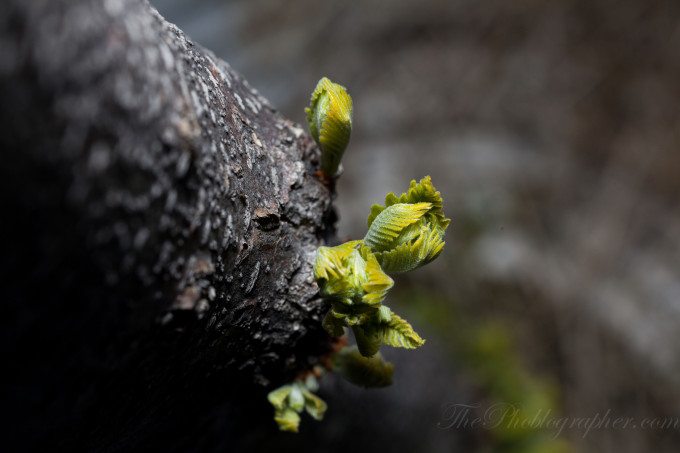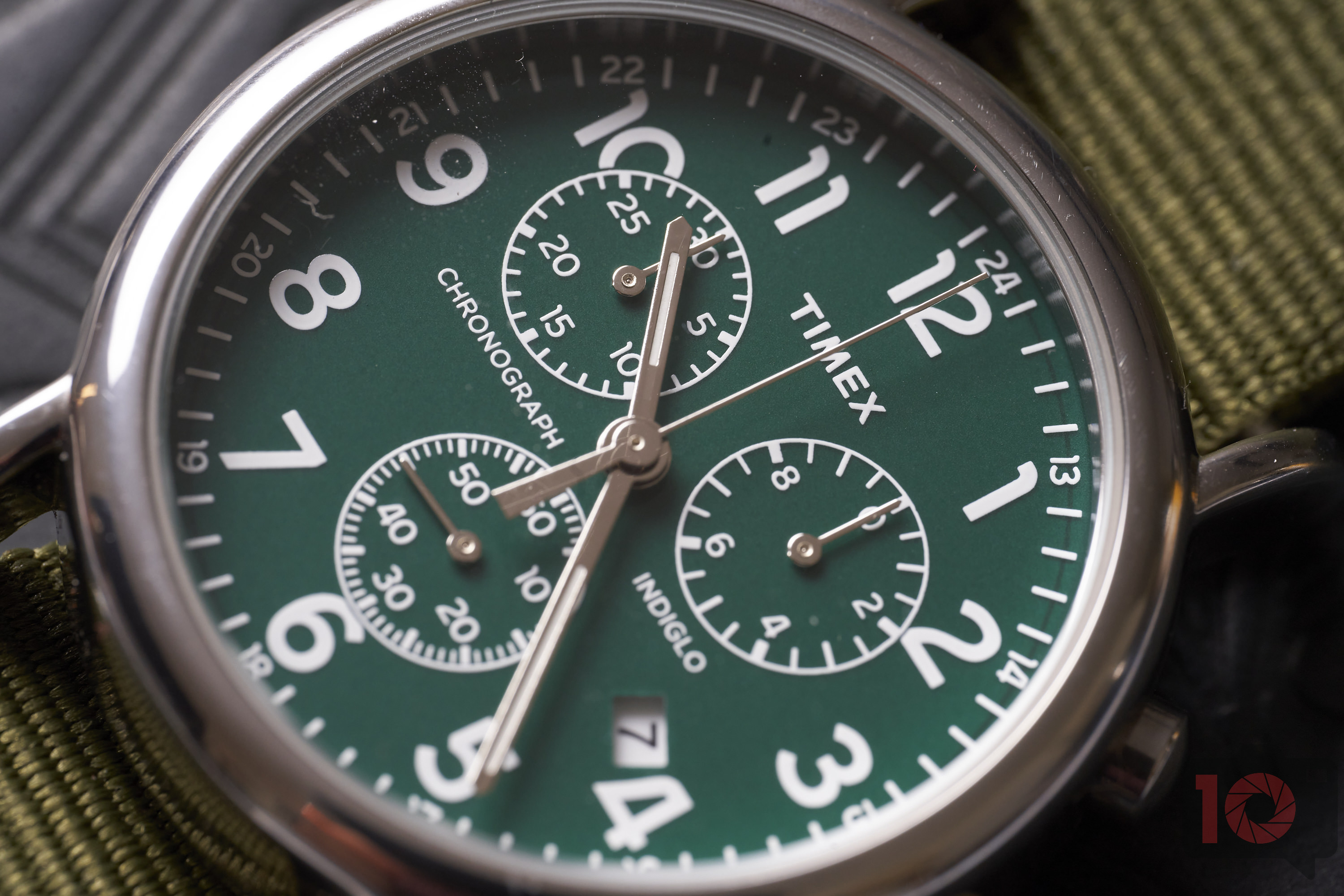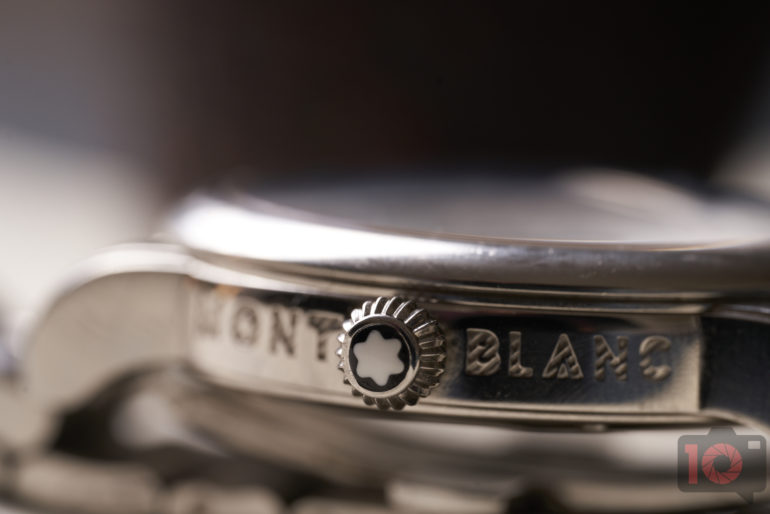There’s a major problem with modern macro lenses. In fact, there are a bunch of problems. Lots of them are telephoto lenses with a fast aperture. And if you focus down to macro ranges, you have to stop the lens down or use focus stacking. If you stop it down, you need to either use a nuclear ISO setting or use fill light. It’s a complicated life if you’re using a macro lens for sure. But through and through, we prefer to use fill light for macro photography. And believe it or not, it’s simpler than you’d think.
You can view this article and much more with minimal banner ads in our brand new app for iOS, iPadOS, and Android. And for $24.99/year, you can have a banner ad-free experience.
What You’ll Need
- A Speedlight flash of some sort. We really like the Flashpoint Zoom Li-on III. Take a look at our review if you’d like.
- Alternatively, if you want more power, you can’t really beat the Profoto B10. It’s one of my favorite lights.
- If you want something in between, consider the Elinchrom One light, which we also liked.
- A light stand. This one from Neewer should work just fine.
- You can consider a shoot-through umbrella, but at macro ranges you shouldn’t truly need one to get fill light for macro photography.
How to Get Beautiful Fill Light for Macro Photography
Trust us when we say this isn’t as difficult as you’d think.

- Place the macro subject down on a surface.
- Focus within the closest macro ranges.
- If you’re using a speedlight flash, then use it off-camera with a radio transmitter and make sure it’s got the wide-angle diffuser on. Shoot at least at ISO 400 and place the light maybe around a foot or so above the subject. If you’re photographing something with a reflective surface, grab a circular polarizer: you’re going to need it.
- If you’re using a speedlight flash to get the fill light for a macro look your heart desires, then use it on-camera with an Expo Imaging Rogue Flashbender. Have the white surface of the flashbender diffuse downward toward the subject.
- If you’re using one of the monolights we’re suggesting, shoot with it around two feet away from the subject from any direction you please.
Why does this work? Well, the law of lighting dictates that the closer the light is to a subject, the softer it is. Combine this with the larger the light is than the subject, the softer it is too. Your Speedlight and your monolight are far larger than the macro subject in the scene. So the light is naturally going to be that much softer as a result.
A great way to think about the fill light for macro photography is like thinking about the sun. There are harsh shadows on days with a clear sky (otherwise known as dark shadows). That’s because the light (the sun) is farther away from us. And in the sky itself, it’s a small light source. But on a cloudy day, the light gets diffused by clouds. The clouds act as a closer light source and soften the shadows on the ground.
Want more tips like this? Click here.



